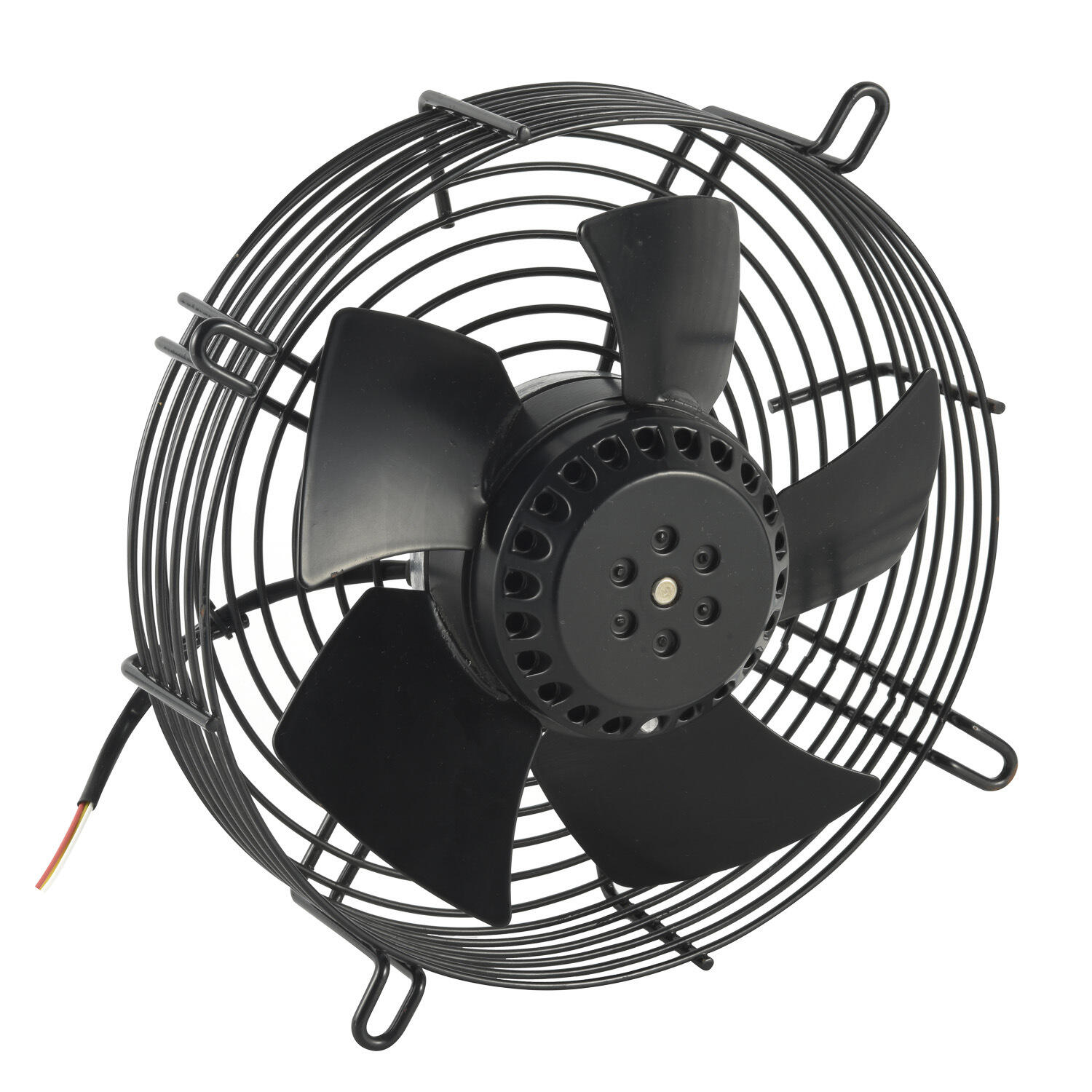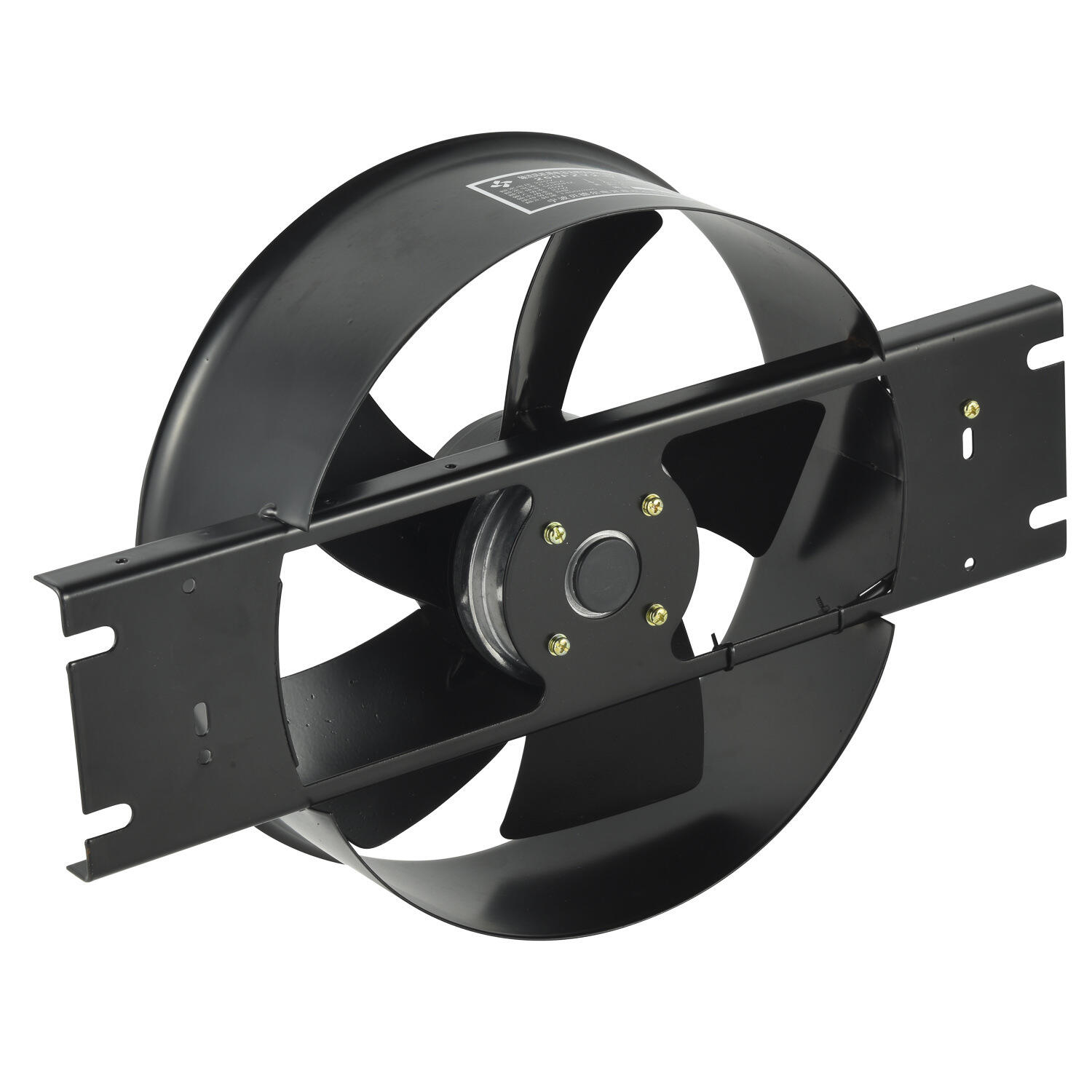backward curved blade
The backward curved blade represents a significant advancement in fan and blower technology, characterized by its distinctive curved design that arcs opposite to the direction of rotation. This innovative design enables superior air handling capabilities while maintaining exceptional energy efficiency. The blade's unique geometry creates a self-cleaning effect, preventing particle accumulation and ensuring consistent performance over time. Engineered with precision, these blades typically feature aluminum, steel, or composite materials, offering durability and reliability in various industrial applications. The curved profile generates a more uniform airflow pattern, reducing turbulence and noise levels compared to traditional straight blade designs. In operation, the backward curved blade demonstrates remarkable stability across different pressure conditions, making it particularly suitable for demanding industrial ventilation systems, HVAC applications, and process air handling. The blade's design also incorporates advanced aerodynamic principles that help maintain consistent performance even under varying load conditions. This technology has proven especially valuable in applications requiring precise airflow control and energy-efficient operation, such as clean rooms, industrial processing facilities, and commercial building ventilation systems.


